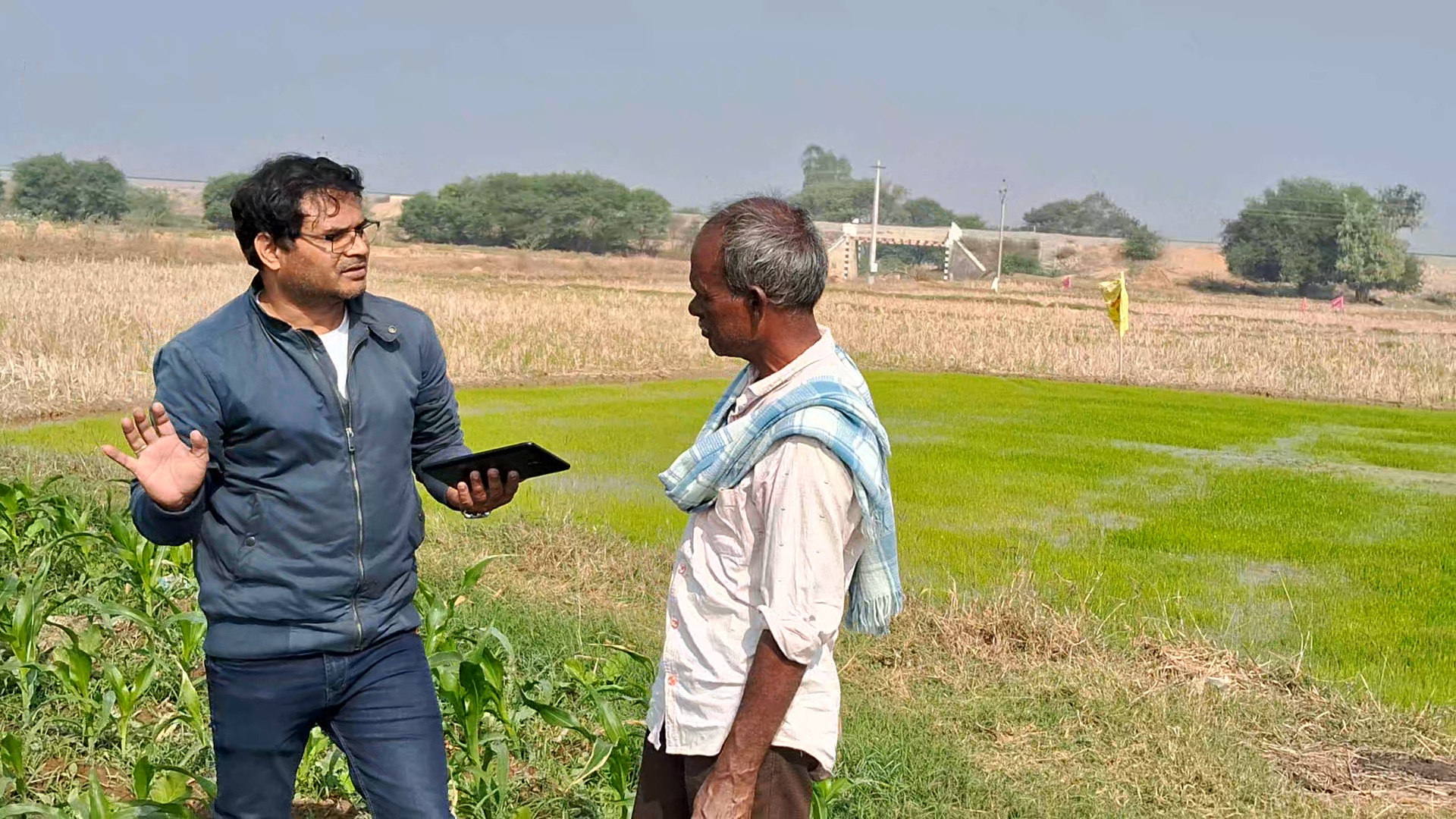A Traditional Treatment for Crop Health and Pest Management
How to produce a natural liquid pesticide
Today, eradicating plant pests and protecting crop health and yields is a significant problem for farmers.
Synthetic pesticides can deteriorate soil’s natural fertility mechanism and harm human health and the environment. Interestingly, after using a pesticide for a long time, pests might develop a resistance to it. In other words, prolonged usage of this insecticide, used constantly (usually also used in large doses), may not affect the pest.
A natural liquid pest is one of the traditional solutions for this issue. This liquid is easy to create, requires very little financial investment, and has a generally good performance in reducing plant pests. The components and procedures for its preparation are as follows:
1. Ingredients for natural liquid pesticide (for every 10 litters of water)
- 200gm of Cinnamons
- 250gm of Garlic cloves
- 1kg of Neem leaves
- Rock Asafoetida
2.Preparation steps
- Boil the water for a few minutes, and then let it cool naturally.
- Take a 20-liter plastic can with a tight-fitting cap and mix all ingredients in the cooled water. Fix the lid and leave it for another 24 hours to soak.
- After 24 hours, take the water-soaked ingredients, transfer them to a white cloth, and use a wooden dowel to crush them until the mixture gets smooth. Do not throw away the water; it will be used afterward.
- After crushing the ingredients, mix them with the same water (which the ingredients soaked before), which has been soaked the ingredients before, and tighten the seal with the cap. Make sure that the air cannot enter. Keep the can in a clean, cool, and dark place.
- Use a clean wooden stick to stir the liquid mixer once every 24 hours for 7 days.
- After 7 days of mixing, for every 24 hours, use a cloth or sieve to remove the water into a plastic tub. Ensure that the components extracted are completely free of any remaining water (you can use this extract as vermicompost for vegetable plants). Pour the liquid back into a 20-liter plastic container, close the lid, and store the can in a clean, dark area for 7 days without opening.
- The natural liquid pesticide is ready for use. Mix one liter of liquid pesticide with 2 or 3 liters of cow urine to utilize it (according to the pest incidence). During a single crop harvest, apply the combination liquid to the plants 2 or 3 times each month using a sprayer. The plant will show the results after 7 days. For maximum efficacy, the liquid should be used within three months.
Conclusion
A natural liquid pesticide is an inexpensive, easy-to-make solution that has been used to eradicate plant pests in different crops. Plant pests may be controlled using the natural liquid pesticide; however, apply it within 3 months for best results. Combine 1 litter with 2 or 3 liters of cow urine to apply the liquid pesticide. During a crop cycle, apply the combination liquid to the plants 2 or 3 times monthly using a sprayer. The plant will show the results after 7 days.
Reference
Cavoski, I., Caboni, P., world, T. M.-P. in the modern, & 2011, undefined. (2011). Natural pesticides and future perspectives. Books.Google.Com. https://books.google.com/books?hl=en&lr=&id=L3WfDwAAQBAJ&oi=fnd&pg=PA169&dq=natural+pesticide+and+future+perspective+ivana+cavoski&ots=Tz8qaXAhqb&sig=m-HTvKHFG6bwMdz2_DrtwrA523M
Metcalf, R. L. (1989). Insect resistance to insecticides. Pesticide Science, 26(4), 333–358. https://doi.org/10.1002/PS.2780260403
Mfarrej, M. F. B., & Rara, F. M. (2019). Competitive, Sustainable Natural Pesticides. Acta Ecologica Sinica, 39(2), 145–151. https://doi.org/10.1016/J.CHNAES.2018.08.005
Pahalvi, H. N., Rafiya, L., Rashid, S., Nisar, B., & Kamili, A. N. (2021). Chemical fertilizers and their impact on soil health. Microbiota and Biofertilizers, Vol 2: Ecofriendly Tools for Reclamation of Degraded Soil Environs, 1–20. https://doi.org/10.1007/978-3-030-61010-4_1/COVER
Further reading:
How to apply conservation tillage to protect soil fertility
Smart farming and small-holder farmers: Difficulties, Impact and Adaptation










































































